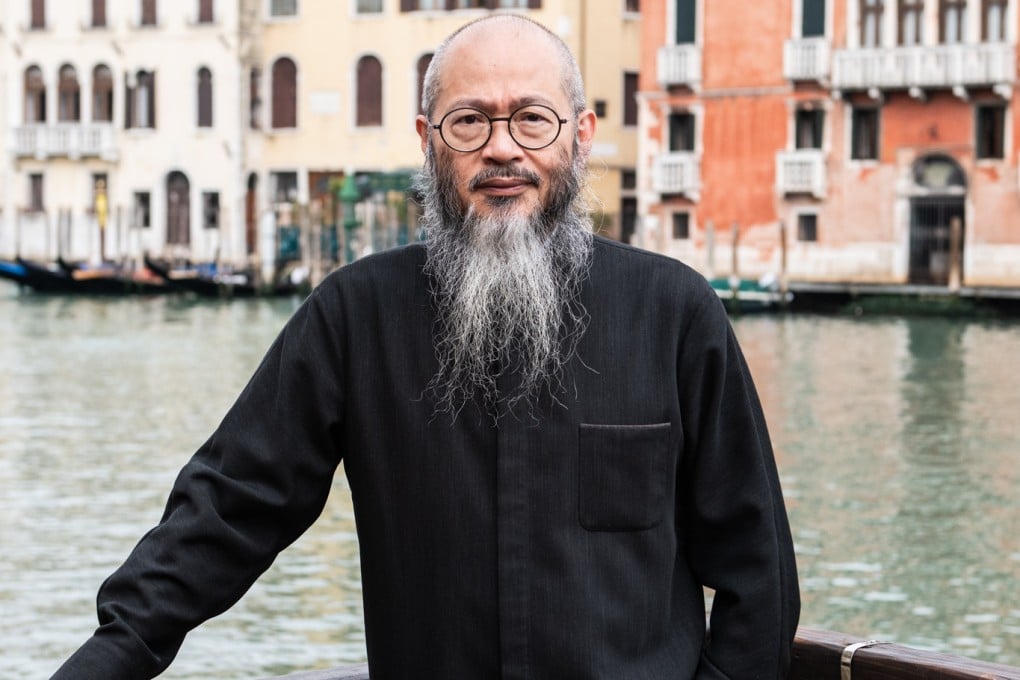Profile | ‘Some people thought I was crazy’: jewellery artist Wallace Chan on why destruction is part of creation, and being married to his work
- Wallace Chan, jewellery sculptor and creator of the Wallace Cut gem-carving technique, talks about the time he begged HK$1,000 from his parents to set up shop
- He tells Kate Whitehead about running away from home in his mid-20s, how other art forms influenced his gem-cutting technique and the reason he did not remarry

I was born in 1956 in Fuzhou, China, and when I was five years old I moved to Hong Kong with my parents, sister and two brothers. We lived in poverty in a subdivided flat and life was difficult.
My schooling lasted barely two years and I was 13 when I started working full time to help support the family.
I worked many jobs – as a delivery boy, in a textile factory and selling on the street – but it was an unstable life, and I wanted stability and a skill that could provide me with warmth and food.

Thanks to an introduction from my uncle, I got an apprenticeship at a gemstone carving workshop. The export of Chinese artefacts was a thriving industry and the agreement was that I’d be there six years, but after nine months I was frustrated by the repetitive nature of the work and left.
It was not a smooth departure; my family was furious, and my uncle felt he’d lost face.